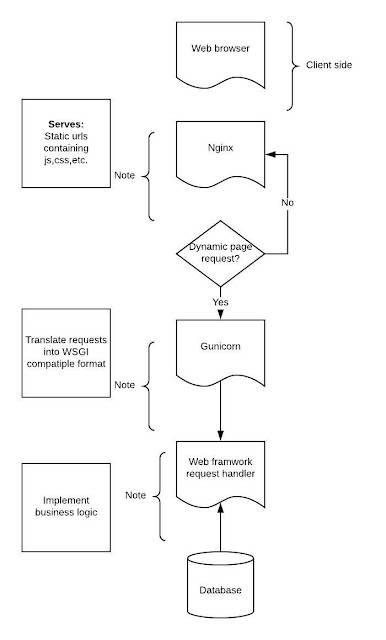Abstraction refers to the method of 'hiding' implementation details in the process of software development. This technique is useful to prevent code duplication in a computer application. Usually, this is achieved by the use of libraries, packages or modules contained in the programming language core library or from external sources. So what is the issue here....... Too much of anything is umm... bad for you! Most new programmers grow up with little information concerning how most libraries work in the background Cloud computing eliminates the need for hardware set up and low level machine configurations Modern programmers are mostly concerned with integrating several "black boxes" to create innovative and disruptive solutions - GREAT! "Essentially, we're progressing into an age where no one knows how to operate a manual transmission vehicles" - SAD! Potential issues What happens when the background code in the abstraction "...

Comments
Post a Comment